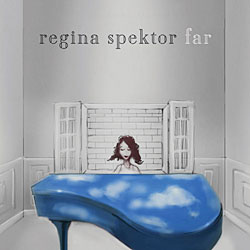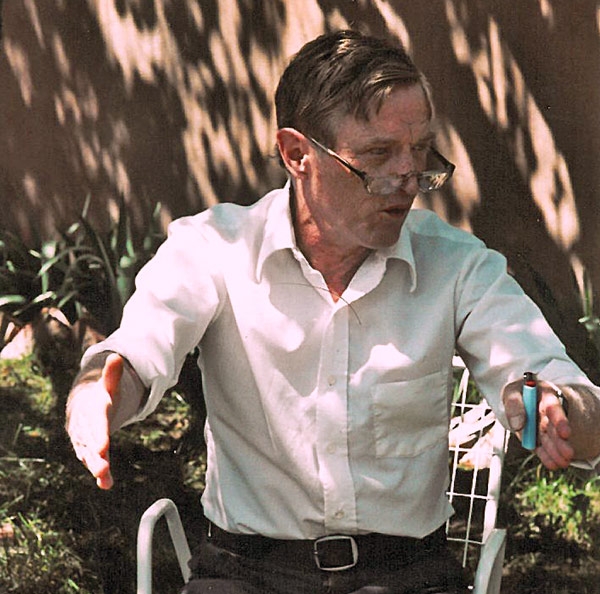The Third Annual Burning Amp DIY Festival
The Third Annual Burning Amp DIY Festival
- Read more about The Third Annual Burning Amp DIY Festival
- Log in or register to post comments
11/8 at Le Poisson Rouge, Grand Valley State Univ. Ensemble is performing Terry Riley's seminal "In C"; their CD of the recording is also coming out, with a 2nd CD that's a remix of "In C"
Why am I so keen on this undergrad group of contemporary music-playing fiends? Only because their recording of Steve Reich's sparsely lush and lugubrious "Music for 18 Musicians" was one of my favorite CDs a couple years ago (or was it last year? Early Alzheimers...)
Fred Kaplan's current blog posting (here) has me thinking again about how valuable lossless codecs are, or could be.
Black Saint's and Soul Note's output is one of the great treasures of jazz, but most of it is hard to come by. How much better, how much safer it would be if the catalog were available as FLAC files.
I recently bought a Wadia 170i Ipod transport and then I began to look around for a DAC that would be compatible with the Wadia and not be too costly. Most of the used DACS that I found were WAY too expensive to dedicate to a $300 IPOD transport and I was afraid that I might just have to punt on using my Ipod with "the good stuff"


For all you folks who own a CD player that cost under $9000;
your player is now more or less obsolete!
I have been using the Ayre C5xe for the past three years, and before I bought it I listened extensively to everything under 10 grand, and it sounded the best to me so I forked out $6000 for it (which for me was a very big deal). I thought I had bought my last CD player.